News
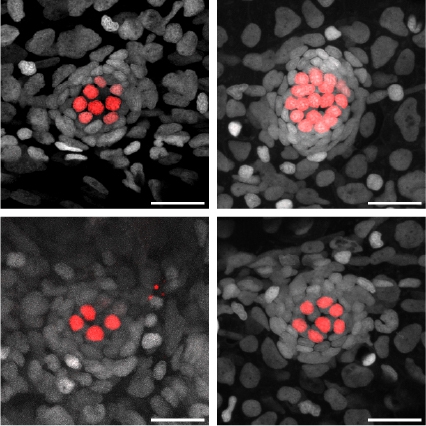
03 October 2025
How one gene flips the fate of sensory cells
Stowers scientists discover a master gene in zebrafish that determines hair cell type, a potential target for restoring hearing loss in humans
Read Article
The primary focus of our lab is understanding the development and regeneration of the zebrafish lateral line and the potential applications for promoting mammalian hair cell regeneration to restore hearing loss or deafness.
Jump to:
Publications
Research Summary
Development and Regeneration, Evolutionary Biology, Molecular and Cell Biology
Zebrafish, Cavefish
The Piotrowski Lab focuses on development and regeneration of the lateral line sensory system in zebrafish. Research into this system offers growing insight into human sensory organ development and disease, including why individuals lose their hearing as they age.
The lateral line develops from a group of around 100 cells, the primordium, which forms behind the fish's ear, migrates toward the tail tip, and deposits sensory organs, called neuromasts, along the way. Hair cells within neuromasts extend cilia, which look like tiny hairs, to detect water movement, enabling fish to orient themselves, find prey, and avoid predators in the water. These hair cells are remarkably similar to those in mammalian ears that detect sound waves and enable hearing.
The Piotrowski Lab’s research has developed the lateral line system into a powerful model and has identified several genes required for the coordinated migration of groups of cells and uncovered how signaling pathways interact to subdivide the primordium into leading and trailing regions. This aids our understanding of cancer biology, as several human cancers invade tissues as groups of cells.
The Piotrowski Lab investigates how zebrafish sensory hair cells develop and regenerate after injury. In mammals, once hair cells die from aging or after prolonged noise exposure, their inability to regenerate results in permanent hearing loss, in contrast to species who continually generate new hair cells. The team is hopeful their research will elucidate how zebrafish hair cells regenerate to provide clues for triggering hair cell regeneration in mammals, paving the way for treatments for hearing loss.
Principal Investigator
Investigator
Stowers Institute for Medical Research
Tatjana Piotrowski, Ph.D., a developmental biologist, is an Investigator at the Stowers Institute. She joined Stowers in 2011 as an Associate Investigator and was promoted to full Investigator in 2018.

Tatjana Piotrowski, Ph.D., a developmental biologist, is an Investigator at the Stowers Institute. She joined Stowers in 2011 as an Associate Investigator and was promoted to full Investigator in 2018.
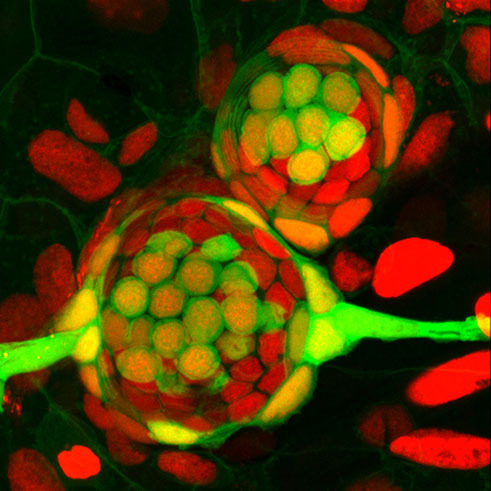
The Piotrowski Lab has been performing single-cell expression analyses of regenerating sensory organs to determine which genes are activated or silenced in each cell. They are currently testing the function of these genes and how they are transcriptionally regulated.
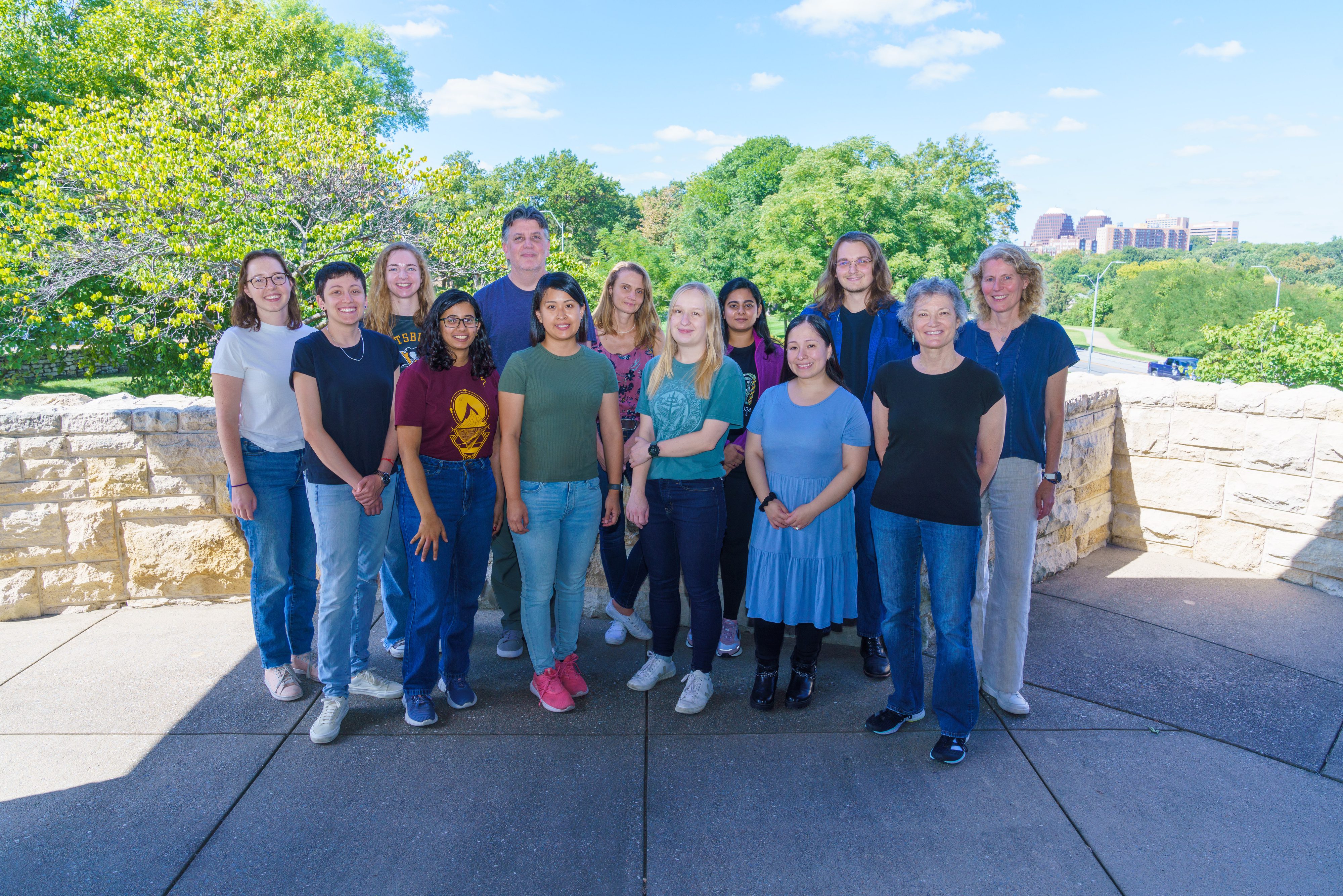
Why should an early career scientist choose Stowers? Investigator Tatjana Piotrowski says the Institute provides unparalleled mentorship that helps ensure success for new faculty.
News

03 October 2025
Stowers scientists discover a master gene in zebrafish that determines hair cell type, a potential target for restoring hearing loss in humans
Read Article
News

26 September 2025
"The real-world experience of being in a lab will be beneficial in helping you determine if you want a career in science."
Read Article
In The News
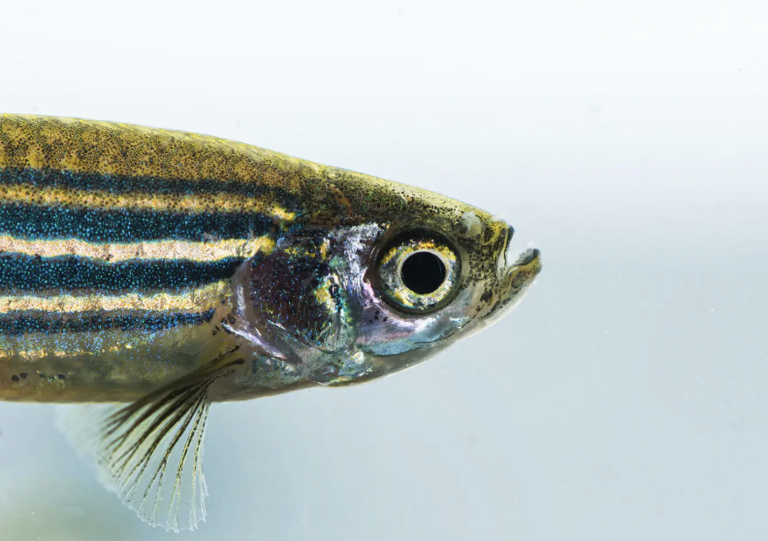
23 September 2025
From The New York Times, The evolutionary blueprint for hands was borrowed in part from a much older genetic plan for our nether regions, a new study suggests.
Read Article
In The News
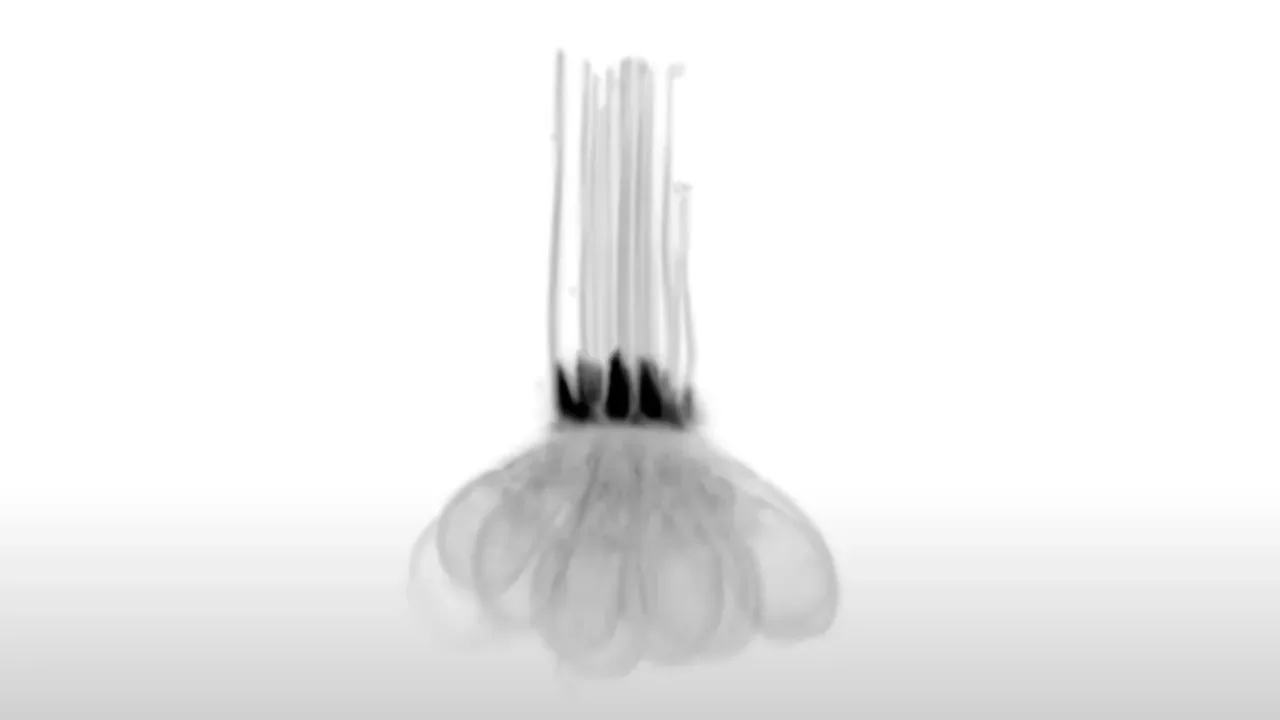
25 July 2025
Published in Technology Networks, scientists have discovered how two genes control the regeneration of sensory hair cells in zebrafish, offering new clues for addressing hearing loss in humans. Published in Nature Communications, the study, led by Tatjana Piotrowski, PhD, provides a clearer picture of how stem cells and their progeny divide to replenish damaged tissue – a process that fish perform naturally but humans cannot. These findings could open new avenues for regenerative medicine research targeting hearing and balance disorders.
Read Article
prdm1a drives a fate switch between hair cells of different mechanosensory organs
Sandler JE, Tsai YY, Chen S, Sabin L, Lush ME, Sur A, Ellis E, Tran NTT, Cook M, Scott AR, Kniss JS, Farrell JA, Piotrowski T. Nat Commun. 2025;16:7662 doi: 10.1038/s41467-025-62942-0.
Paired and solitary ionocytes in the zebrafish olfactory epithelium
Peloggia J, Cheung KY, Petkova MD, Schalek R, Boulanger-Weill J, Wu Y, Wang S, van Hateren NJ, Januszewski M, Jain V, Lichtman JW, Engert F, Piotrowski T, Whitfield TT, Jesuthasan S. Chem Senses. 2025;50.
Lush ME, Tsai YY, Chen S, Munch D, Peloggia J, Sandler JE, Piotrowski T. Nat Commun. 2025;16:5913 doi: 10.1038/s41467-025-60251-0.
Real-time imaging reveals a role for macrophage protrusive motility in melanoma invasion
Ramakrishnan G, Miskolci V, Hunter M, Giese MA, Munch D, Hou Y, Eliceiri KW, Lasarev MR, White RM, Huttenlocher A. J Cell Biol. 2025;224.
Environmental and molecular control of tissue-specific ionocyte differentiation in zebrafish
Denans N, Tran NTT, Swall ME, Diaz DC, Blanck J, Piotrowski T. Nat Commun. 2022;13:5356 doi: 10.1038/s41467-022-33015-3.
